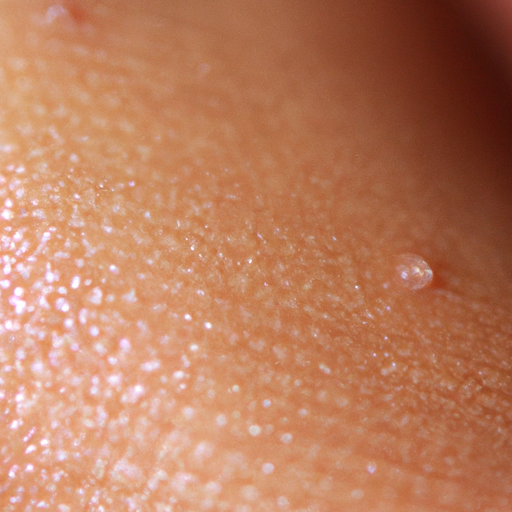As a dermatologist, I often encounter patients who are frustrated with their oily skin. The constant shine, the frequent breakouts, and the feeling of greasiness can be quite distressing. However, understanding the causes of oily skin and adopting the right skincare routine can help you manage it effectively. Let’s unmask the secrets to winning the battle against oily skin.
Oily skin is primarily caused by overactive sebaceous glands that produce excess sebum, a natural skin oil that helps protect and hydrate the skin. While sebum is essential for skin health, too much of it leads to oily skin, clogged pores, and acne. Factors such as genetics, hormonal changes, stress, and environmental conditions can contribute to increased sebum production.
The first step in managing oily skin is to cleanse it properly. It’s a common misconception that harsh, drying cleansers are best for oily skin. In reality, they can strip your skin of its natural oils, causing your sebaceous glands to produce even more sebum to compensate. Instead, opt for a gentle, water-soluble cleanser that removes excess oil without drying out your skin.
Exfoliation is another crucial step in your skincare routine. Regular exfoliation helps remove dead skin cells that can clog pores and cause breakouts. However, avoid harsh scrubs as they can irritate your skin and increase oil production. Instead, choose a gentle exfoliant with salicylic acid or alpha-hydroxy acids (AHAs), which can penetrate the pores and help reduce oiliness.
Moisturizing might seem counterintuitive if you have oily skin, but it’s an essential step in your skincare routine. Skipping moisturizer can cause your skin to become dehydrated and produce more oil to compensate. Look for lightweight, oil-free moisturizers that hydrate your skin without making it greasy.
Beyond these basic skincare steps, there are several treatments available for managing oily skin. Topical retinoids, for example, can help regulate sebum production and prevent clogged pores. In-office treatments such as chemical peels, laser therapy, and light therapy can also help reduce oiliness and improve the overall appearance of your skin.
Diet and lifestyle changes can also play a role in managing oily skin. A diet rich in processed foods and sugars can cause inflammation and increase oil production. Instead, aim for a balanced diet with plenty of fruits, vegetables, lean proteins, and whole grains. Regular exercise can also help regulate hormones that influence sebum production.
Lastly, it’s important to remember that everyone’s skin is different. What works for one person might not work for another. It may take some trial and error to find the right products and routine for your skin. Don’t be discouraged if you don’t see immediate results. It can take several weeks or even months for your skin to adjust to a new skincare routine.
In conclusion, while oily skin can be challenging to manage, it’s not impossible. With the right skincare routine, treatments, and lifestyle changes, you can reduce oiliness and improve the health and appearance of your skin. Remember to be patient with your skin and yourself. Winning the battle against oily skin is a journey, not a destination.



